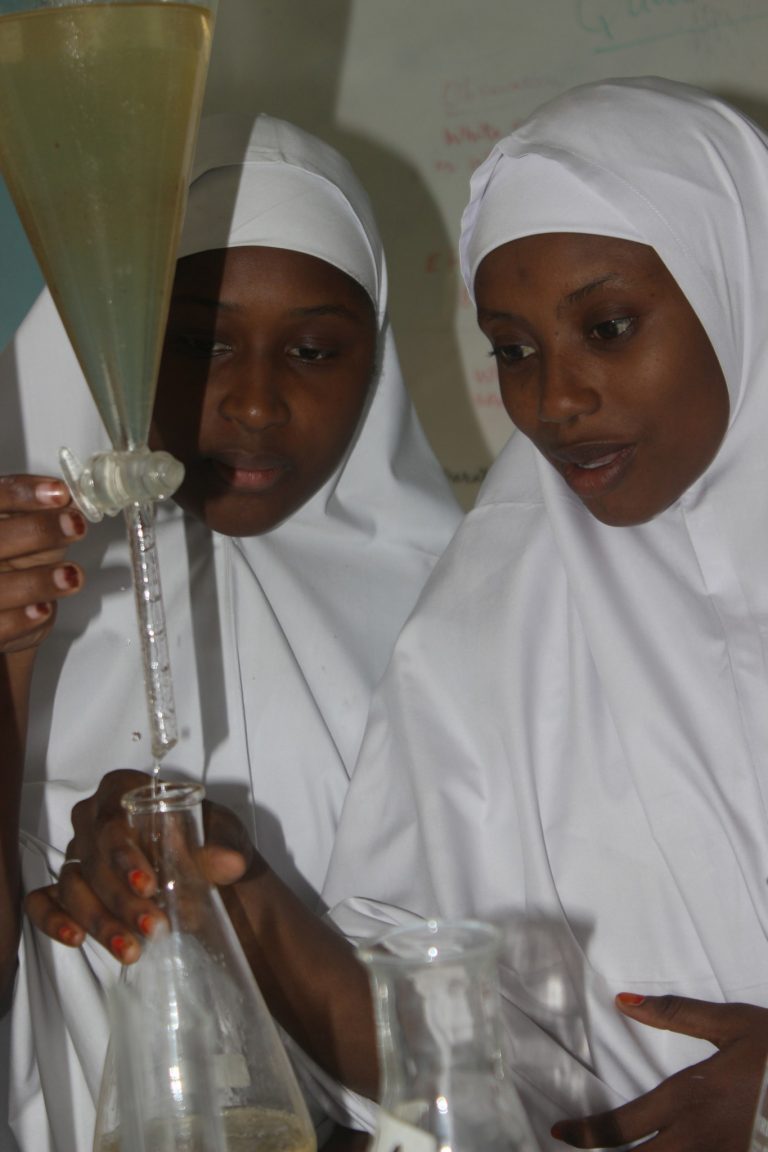A post from the Stillbirth Advocacy Working Group stillbirths series by Paula Quigley
Nigeria has the second highest rate of stillbirths in the world at 42.9 per 1,000 total births as well as the second highest absolute number of stillbirths, estimated at 314,000 in 2015.[i] While the whole country faces challenges, these are particularly stark in the northern regions. Demographic and Health Surveys (DHS) in Nigeria repeatedly show large discrepancies in access to health services between the southern and northern regions of the country.[ii] For example, the 2013 DHS reported that 55% of pregnant women in the North-West region receive no antenatal care, compared to just 4% in the South-East region. Similarly, 87.5% of women in the North-West region deliver their babies at home, while in the South-East region, 20% of deliveries occurr at home.
The major causes of stillbirths in a hospital study in Nigeria included antepartum haemorrhage, hypertensive disorders of pregnancy, uterine rupture, low birthweight, and congenital fetal malformations.[iii] Globally, infections and other intrapartum-related complications are additional important causes. As many of these conditions are preventable, it is extremely important for pregnant women to have access to antenatal care and skilled assistance at birth. A deeper analysis of the 2013 DHS concluded that there is an urgent need for the national government to improve the quality of maternal health care services and interventions to help improve utilization and quality of prenatal care.[iv] However, in northern Nigeria this is a serious challenge as there is a severe shortage of female health workers, with some rural communities having no health workers at all. Even where health workers are present, cultural traditions deter many women from accessing services offered by men. And poor schooling in rural areas means that girls often cannot gain entry into local training centres to become health workers.
A programme being implemented in five states of northern Nigeria aims to address these challenges. The Women for Health programme is working with communities, health training institutes and state governments to:
- engage with community and religious institutions to create a gender-friendly environment for women to pursue a health-related career
- increase the availability of female health workers from targeted rural areas
- improve the quality of female health worker training
- strengthen recruitment and retention of female health workers in rural health facilities
Since its inception in 2012, the programme has achieved many positive results. It has engaged successfully with key policy- and decision-makers to build an enabling environment for the development of the female health workforce in Nigeria and has helped to transform the health training institutes into female-friendly places offering high-quality training. It currently has almost 5,000 females, either in training or recently graduated, and many of these will be deployed to rural areas. Perhaps most importantly, it is proving to be a powerful vehicle for the social and economic empowerment of women from rural areas in a challenging context.
Watch this video to see how the Women for Health programme is changing the lives of young women in northern Nigeria:
This post from a member of the Stillbirth Advocacy Working Group (SAWG) reflects the perspective of the author alone; it does not represent the views of the SAWG.
[i] De Bernis, Luc et al. Stillbirths: ending preventable deaths by 2030. The Lancet, Volume 387 , Issue 10019 , 703–16. http://www.thelancet.com/journals/lancet/article/PIIS0140-6736(15)00954-X/abstract
[ii] National Population Commission (NPC) [Nigeria] and ICF International. 2014. Nigeria Demographic and Health Survey 2013. Abuja, Nigeria, and Rockville, Maryland, USA: NPC and ICF International.
[iii] Suleiman BM, Ibrahim HM, Abdulkarim N. Determinants of Stillbirths in Katsina, Nigeria: A Hospital-Based Study. Pediatric Reports. 2015;7(1):5615. doi:10.4081/pr.2015.5615. https://www.ncbi.nlm.nih.gov/pmc/articles/PMC4387327/
[iv] Dahiru, T. and Aliyu, A. (2016) Stillbirth in Nigeria: Rates and Risk Factors Based on 2013 Nigeria DHS. Open Access Library Journal, 3, 1–12. doi: 10.4236/oalib.1102747.
The Stillbirth Advocacy Working Group was founded by the Partnership for Maternal, Newborn and Child Health, and is co-chaired by the International Stillbirth Alliance and the London School of Hygiene & Tropical Medicine. Email co-chairs Hannah Blencowe or Susannah Leisher at hannah-jayne.blencowe@lshtm.ac.uk or shleisher@aol.com to learn more, or sign up to join the group here!

